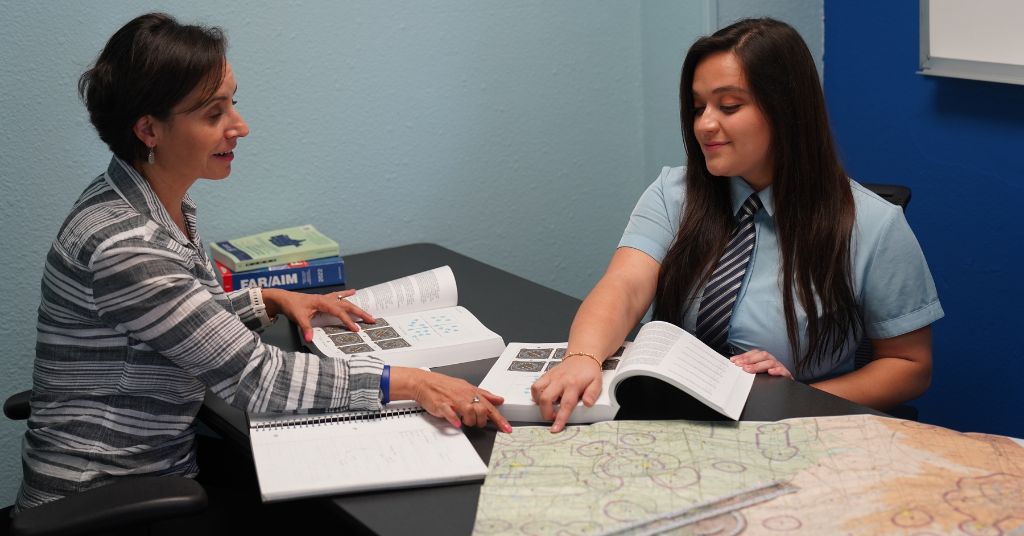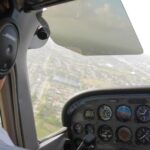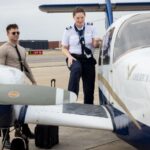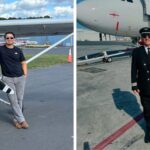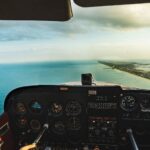We all can relate to life getting in the way of goals and aspirations, and this is affecting the aviation industry now more than ever. Large numbers of aspiring pilots delayed their training due to COVID, but many are now ready to pick up where they left off. However, this is not always an easy task, as instructors often don’t know where to begin with students wanting to finish up their training. Students can invest much more than anticipated if a finish-up program is not designed correctly. To avoid wasting time and money, it is essential to understand some of the issues and areas that can affect the outcome of a finish-up program.
Assumptions about Former Mastery
Just because you mastered a skill before doesn’t necessarily mean it will be easy to do so again. Often people forget how much training and effort went into developing specific skills. Without this foundational training, you may find that skills such as stalls and crosswind landings will be more challenging than expected to re-master.
Knowledge Test Preparation and Retention
Many people think the knowledge test is a formality that must be completed before a checkride. Because of this, very few people value or retain the knowledge required to pass the knowledge test. While some questions have little to do with day-to-day flying, the knowledge test has great overall value. This is one of the reasons we discourage students from simply memorizing the answers. You will eventually need to learn and understand the information, so don’t take the easy way out and memorize the answers. Furthermore, just because you passed the knowledge test within the last two years doesn’t mean you remember the information. The preparation you did for your knowledge test can also be helpful when trying to get back into the cockpit to finish your training after a prolonged break.
Regulations
Regulations often change with little notice, and keeping up with regulatory changes can be challenging unless you are an avid researcher. One of the challenges that many people have when returning to their flight training after a break is that they assume they have a good understanding of the regulations. As dull as it may seem, take your time and review the regulations on your own and write down any questions you may have. With some discipline, you can avoid the additional ground time required to read the regulations with an instructor. This time is better spent discussing the meaning of the regulations and how they pertain to certificates and ratings.
Aircraft Performance and Weight and Balance
This is another area where many people believe that because they understood it once, they still understand it. They usually figure out this isn’t true when their instructor asks them to prepare a flight plan and to calculate weight and balance. Selecting the correct chart and figuring out the correct calculations are challenging enough when you are current. Imagine the confusion when you’ve stepped away from this process for a year or more. Take some time to review your previous notes and books. Weight shifts, wind, and density altitude are usually the areas students struggle with most in their calculations.
Although not specific to this section, we also find that students often forget how to use their flight computers. Both the E6B and electronic flight computers take constant practice. These are “use it or lose it” skills.
Weather
Flight students often struggle to understand and interpret weather during their training, and this knowledge and understanding can fade away with a lack of use. Spending time in books like the FAA Aviation Weather Handbook is an excellent way to refresh your basic knowledge. As you review the book, try to regain your understanding of weather systems, fronts, pressure systems, and forecasting. Doing so will make it easier for you and your instructor to identify the areas you don’t understand and may have forgotten.
Attitude Flying
Everything you do in an airplane begins with the foundational skills of attitude flying. The primary purpose of attitude flying is to ensure you understand and can anticipate a specific performance profile for a given power setting and sight picture. This is otherwise known as pitch + power = performance. Many students have never learned these skills, and others have become rusty in their application. To ensure your finish-up program’s efficient flow and success, you can expect approximately eight to ten hours of flying to sharpen these skills.
Normal and Crosswind Landings
All pilots know that landing is part skill, part art, and yes, part luck. You can’t walk away from aviation for a long duration and expect to land an airplane the same way you did when you were current and proficient. This is especially true for crosswind landings. One of the most significant sources of frustration for students returning to finish their training is that they can’t land like they used to. This is normal and to be expected. Because of this, we begin finish-up courses with a significant amount of time focused on attitude flying (see above). Attitude flying helps you regain your sight picture and reminds you of how things are supposed to look when you are landing, while ground reference maneuvers help to remind you of what the wind will do to your airplane along a given track. This helps your brain adjust to what is happening in a crosswind. This is why we don’t do landing practice, as such. We focus on your foundational skills, which will lead to the redevelopment of your landing skills, saving you time, money, and unnecessary frustration.
Communications
Society discourages us from talking on the phone while driving a car. This means there aren’t many places to practice the multi-tasking required when you have to fly and talk on the radio simultaneously. Many people have difficulty reacclimating themselves to this environment of stress, where you also have to keep up with the radios. We have found that the easiest way to help students overcome this issue is to ensure they are situationally aware. In other words, where are you, what do you want to do, and what do you expect to hear? Decisions are much better managed when awareness is proactive rather than reactive. When you are reactive, you try to listen to everything everyone is saying. When you are proactive, you listen for your aircraft number and maintain awareness of what is happening with other aircraft around you.
As you can see, there is a science behind a finish-up program. While many students are unaware of all that goes into the planning of such a program, they need to realize that just because they may not be focusing on a specific task does not mean they are not focusing on specific skills or working towards a goal.




